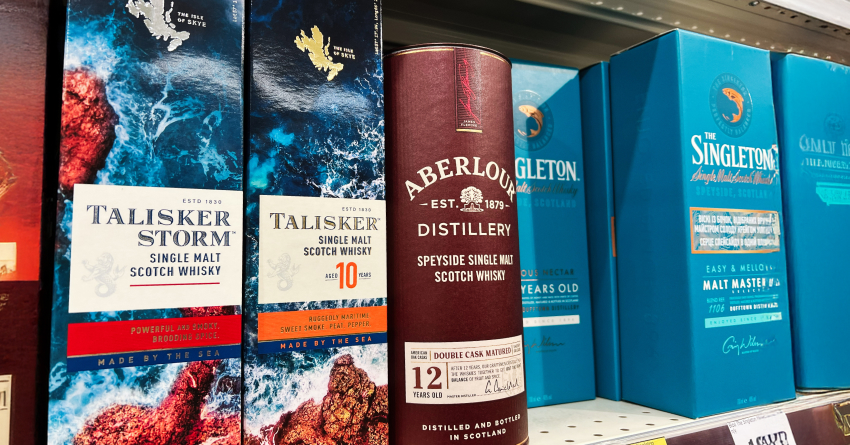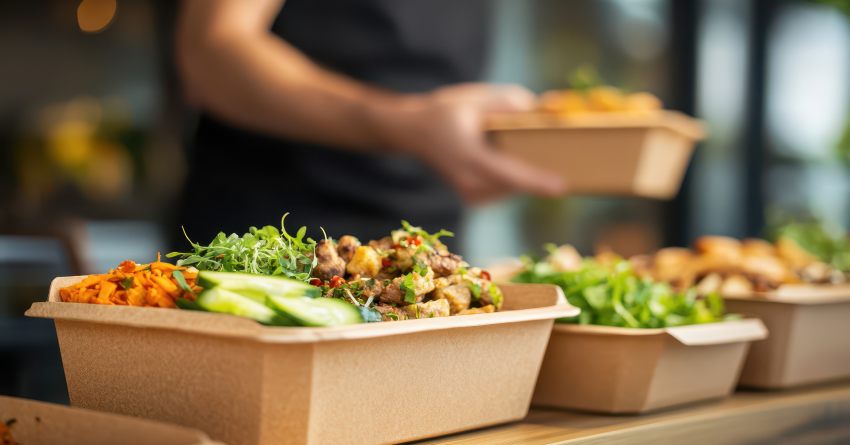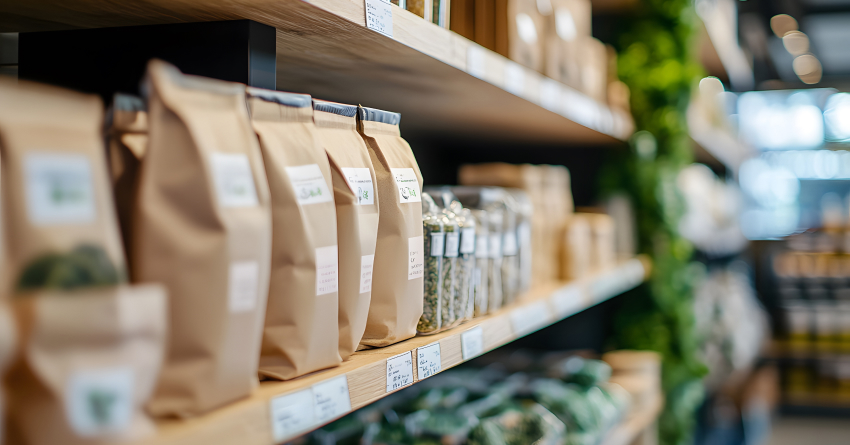The Problem with Overpackaging (and How to Solve It)
January 13, 2025
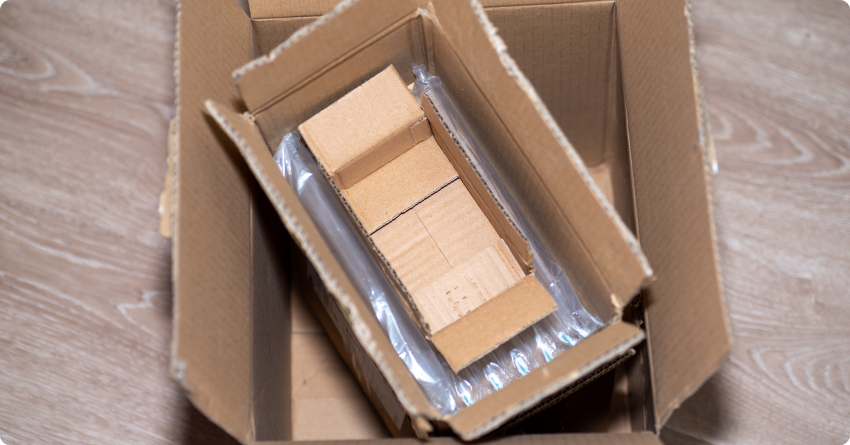
We’ve all been there. You buy something new, in store or online, and can’t wait to tear it open—only to find it’s buried in layer after layer of packaging. Not only is overpackaging frustrating for customers, it’s terrible for the environment. Plus, it’s a waste of money, which can drive up costs for buyers and eat into margins for sellers.
In this article, we’ll look at what overpackaging means, common examples and which industries are most at fault. We’ll also look at the impacts for retailers, consumers and the environment, and how you can overcome this common issue by using packaging solutions that are smart, sustainable and minimal.
What is Overpackaging?
Overpackaging refers to the use of excessive packaging methods and materials—meaning more than what’s needed to contain, protect, transport and sell what’s inside. Common examples include items individually wrapped in plastic, covered in multiple layers of padding or even paper, and boxes within boxes.
While overpackaging is widespread these days, some industries stand out as the worst culprits. We often see excess packaging with food, including consumer packaged goods (CPG) as well as fresh goods, beauty products and cosmetics, and retail clothing. Technology and medical products also tend to excess, and online shopping is a key contributor.
The Excessive Packaging Problem
The environmental impact of excess packaging is significant, which is why there’s been considerable backlash in recent years. Plastics are frequently used—and rarely recycled, more often ending up in landfills or polluting our oceans, where they can do serious damage to marine wildlife as well as contribute to global warming and loss of biodiversity.
While paper or cardboard are often seen as a more sustainable option, a recent Harvard Business Review article suggests that many brands are using too much paper packaging in an effort to look more eco-friendly, without actually reducing waste.
Related reading: Is Zero Waste Packaging Possible?
No matter the material, excessive use depletes natural resources and contributes to the global climate crisis. Plus, you might be creating a negative customer experience, because overpackaging is hard to get into and feels wasteful for green-minded shoppers.
Excessive Packaging Examples
So, what are the most common examples of overpackaging? Here are a few that we see all the time—and you probably do, too.
- Food Packaging
- Underfilled Packaging
- eCommerce Packaging
Food Packaging
Overpackaging is common with food products, and not just the processed goods that we expect to be packaged. Our convenience-crazed culture has also led to excessive packaging of fresh foods. For example, you might purchase hard boiled eggs, peeled and individually wrapped inside a plastic container. This makes them ready to eat, but leads to considerable waste.
Readymade meals are becoming more and more popular, leading to more and more packaging waste. Individually wrapped or bagged fresh produce items, from apples to zucchini, are also becoming common in grocery stores. While some packaging is necessary to protect food and, in some cases, extend its shelf life, this kind of excess use of materials with no real benefits is problematic

Under filled Packaging
Have you ever purchased something that’s packaged in a much bigger-than-needed box or container? This is called underfilled or slack fill packaging, meaning the product is intentionally put in too-big packaging, creating space around the contents that serves no purpose. Sometimes this space is filled by additional packaging materials, such as packing peanuts or air pillows.
Underfilled packaging is not only wasteful, it can also be deceptive. Think about when you buy a bag of chips, a bottle of laundry detergent or a container of lip gloss that’s only half full when you open it. Underfilling can put your business at risk of violating the Fair Packaging and Labeling Act, as well as damaging customer trust.
e-Commerce Packaging
Online shopping has led to a significant increase in both the volume of retail packages being express shipped and the amount materials being used per package. Whereas traditional retail products are typically packed into larger containers for shipment, e-commerce goods are usually packaged individually before being shipped out by the seller or fulfillment center. In many cases, they’re over packaged. For example, a box within a box, or a retail package wrapped up in excessive bubble-wrap or void-fill.
Fragile products, such as consumer electronics or medical devices, are often packaged using additional cushioning materials to protect them during shipment, on top of what’s already been added to the interior packaging solution. While safe delivery is important, excessive cushioning can be unnecessary and wasteful.
According to Statista, the global e-commerce industry used 2.1 billion pounds of plastic packaging in 2019, with that number expected to reach 4.5 billion by 2025. The vast majority of this material is non-biodegradable, so it often ends up in landfills. Waste from e-commerce plastic packaging was estimated to be more than one billion kilograms globally in 2019. With analysts predicting the e-commerce market coverage will grow by 25% by 2026, this is a continued source of environmental stress that must be addressed.
How Does Overpackaging Impact Retailers and Consumers?
Another reason to re-think your packaging is the economic fallout. Excessive packaging increases costs for retailers, especially if you’re using higher-end materials such as rigid boxes, heavy paper products and foam inserts. Extra materials usage can lead to inefficiencies across the entire supply chain, from manufacturing to storage to transportation costs.
In addition to eating into margins, high shipping costs can drive up prices for consumers too—and in a tight market, that can take away your competitive advantage. Over time, wasteful packaging contributes to high energy prices, less availability of resources and other environmental factors that impact the global economy as well.
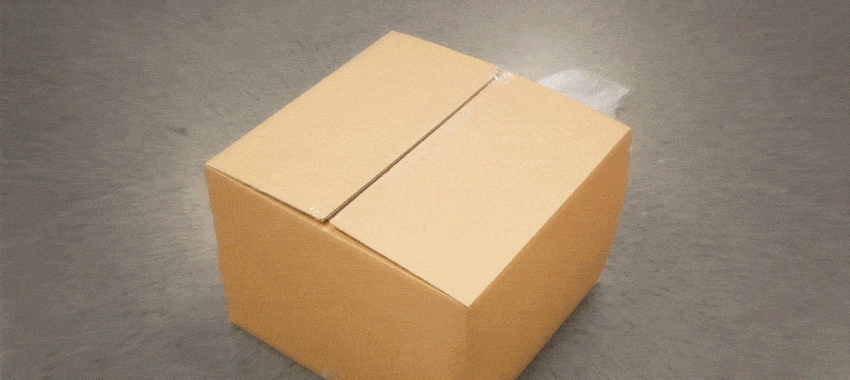
Excessive Packaging Solutions
Now let’s look at some of the ways you can reduce waste and increase sustainability by re-thinking your packaging approach.
First, consider what materials you’re using. Are you opting for eco-friendly options, such as recyclable or reusable paper/cardboard over plastics? If you need padding inside your packaging solution, choose biodegradable materials like paper cushioning over foam. Working with a local packaging vendor will also help to reduce your carbon footprint by minimizing transportation for packaging products.
Next, consider the amount of packaging you’re using. Do you really need it all? Would a ships-in-own-container (SIOC) solution, which uses the product box as the shipping box, work instead? Think minimalist. Taking any unnecessary materials out of the equation will help you reduce shipping weight and overall costs. This boosts your margins and allows you to pass the savings on to your customers.
Finally, remember that reducing packaging is also a marketing opportunity. You can advertise the fact that you’re using minimalist packaging on your website or retail store. Because today’s environmentally conscious shoppers will be happy to buy from a company that cares about Mother Earth, too.
How Ernest Can Help Resolve Your Overpackaging Problems
If excessive packaging is a problem for your business, Ernest has solutions. Many of our products are made from reused or recyclable materials, including both corrugate and plastics. Our expert design team takes a less-is-more approach, keeping materials to a minimum and helping to lighten shipping weight and costs.
We can even help you get eco-friendly about cold chain shipping, with our proprietary TempEndure solutions. And with 15 locations nationwide, we’ve always got trucks on the road locally—we often use them to help clients get product shipped. Just one more way we can help reduce your carbon footprint.
If you’re ready to say goodbye to your overpackaging problems and hello to sustainable solutions, contact Ernest today. We love helping clients go green.
Packaging Design


